
A QSL for my reception of NDB AST on 325 via Enaire: informacion@enaire.es.
It is one of two beacons for Aeropuerto de Asturias in Northern Spain. The other one is AV-387 which I got confirmed earlier.
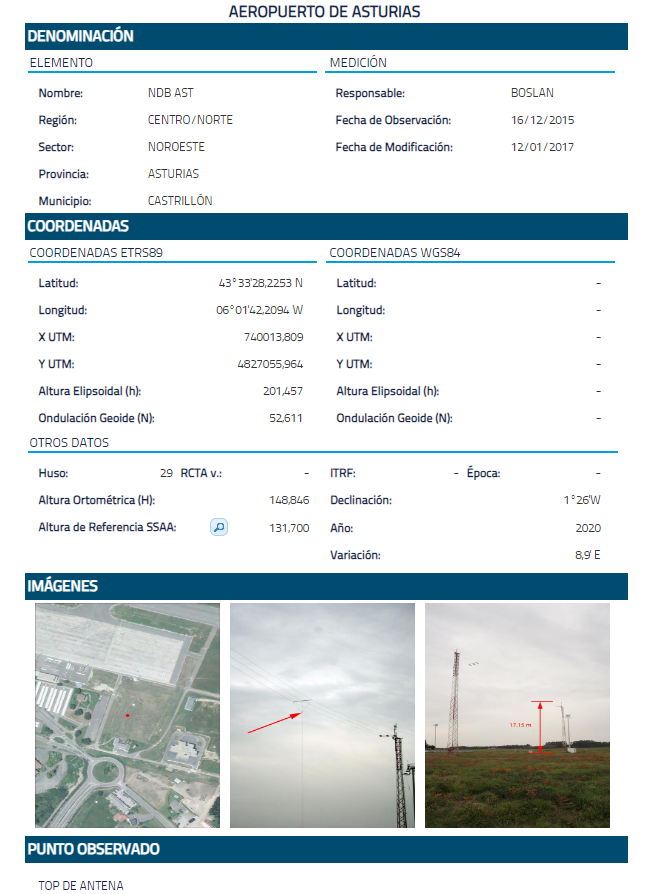
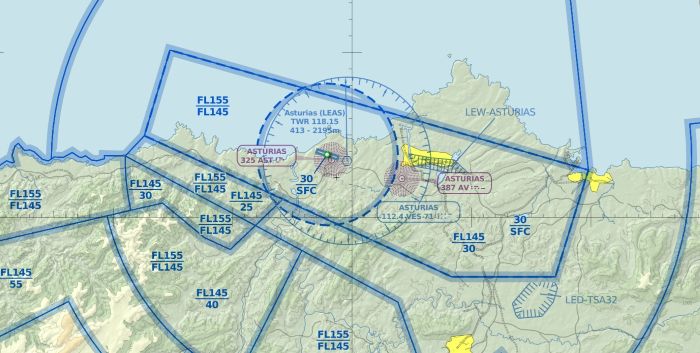


"It's not true I had nothing on, I had the radio on" - Marilyn Monroe
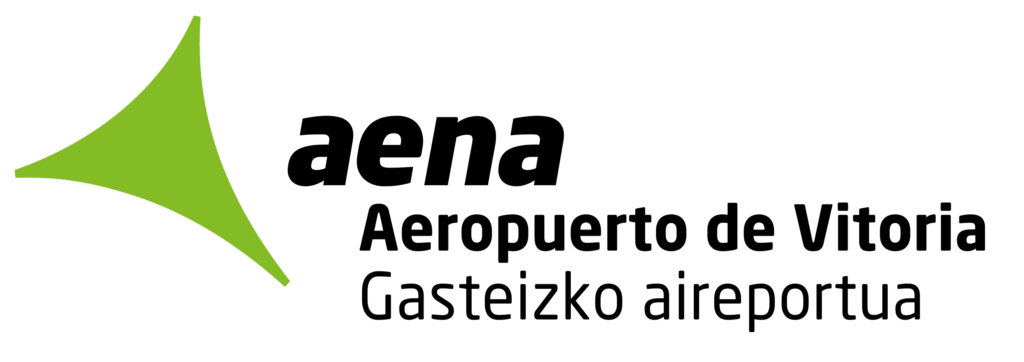
Enaire (informacion@enaire.es) was so kind to confirm another couple of beacons from Spain that I received. This time I heard NDB VT from Vitoria on 308 kHz. As usual they sent their nice information sheet:

NDB 308-VT is one of the two NDBs for Vitoria Airport. The other beacon is is 345-VTA. Below you can see how they nicely align with both sides of the runway. Both antennas have a set-up which is a bit different from most Enair beacons: a “Sistema radiante de tipo margarita” as opposed to most Enaire beacons that have a dipole: “Sistema radiante de tipo T”.


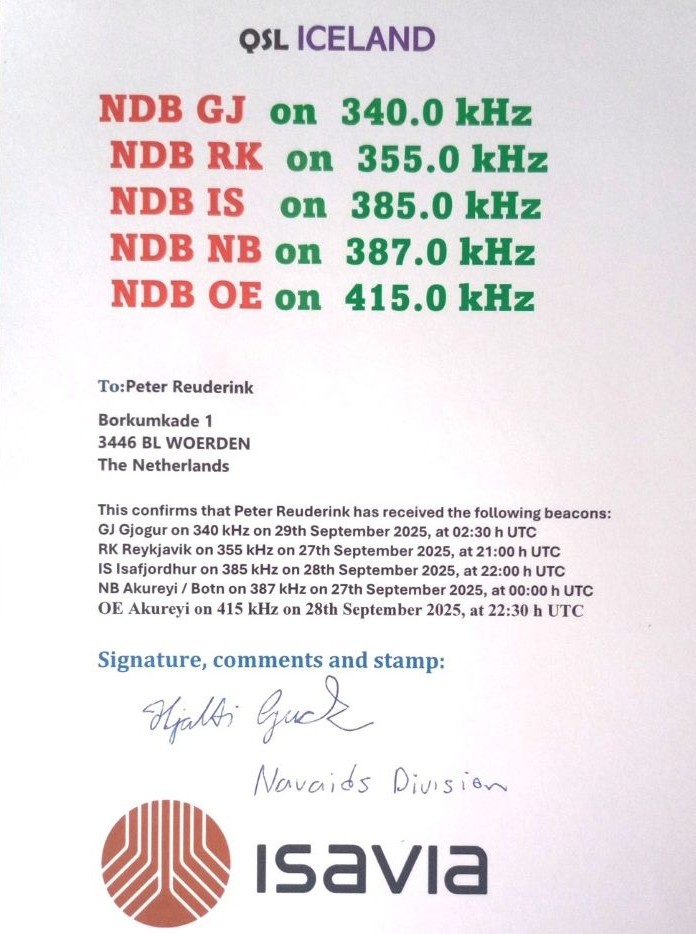
NDB 385-IS is located in northwestern Iceland. It serves the small airport of Ísafjörður. Located in the fjord the approach of this airport is quite challenging requiring flying along the mountains and making a sharp turn before landing.

The beacon IS is located at the entrance of the fjord, situated on a cliff which seems to house several antennas:


My reception report was confirmed by Hjalti Guðmundsson from Isavia.

Isavia was so kind to send me a QSL for 5 radio beacons from Iceland I received recently. See also previous posts of NDB GO, and NDB 387-NB and 415-OE. NDB RK Reykjavik operates Reykjavik Domestic Airport. The beacon is situated on the golf course of Golfklúbbur Seltjarnarnes.
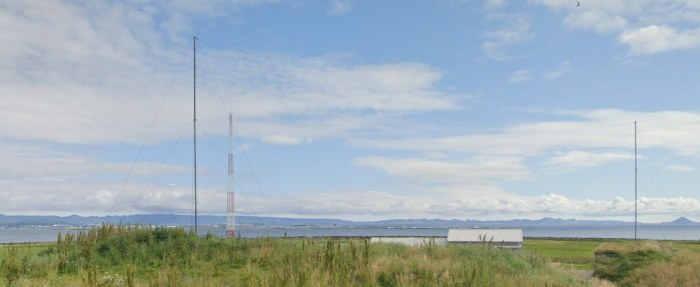
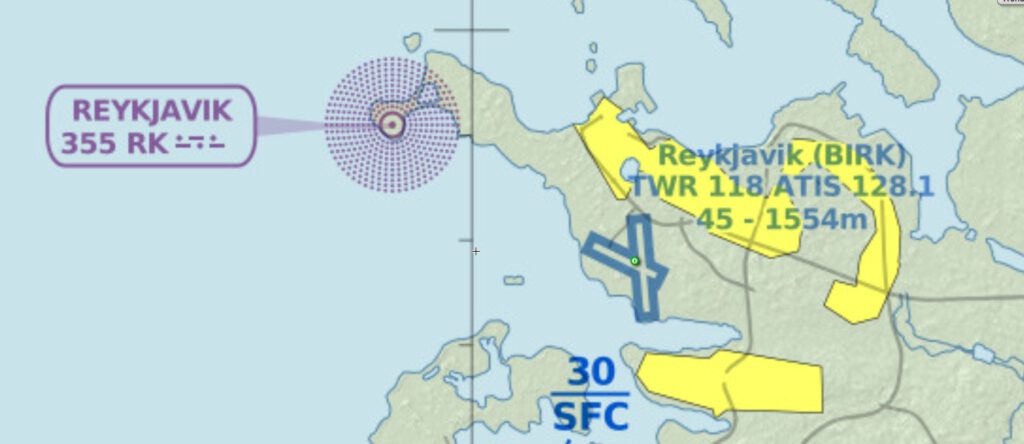
Reykjavik Airport was constructed by the British Army during World War II on the site that was previously in use for sea planes mainly. After the war the airport was handed over to the Icelandic government. It acted as the main gateway for international flights from Iceland. But it was considered too small for the bigger jet planes introduced in the 60-ies which instead used Keflavik Airport (50 kms away).
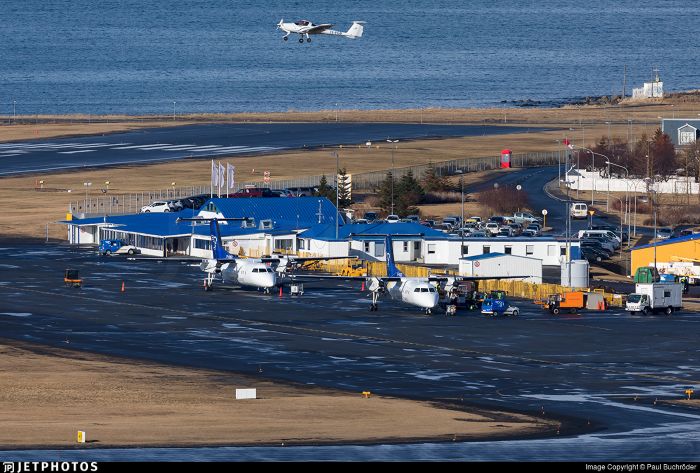
Ever since there have been discussions on the future of Reykjavik Airport. In 2019 that resulted in the closure of the shortest runway, allowing housing development projects. Other than that no decision has been made on closure or relocation.

The weekend of September 27th I participated in a Collective Listening Event (CLE 321) of the NDB-list group. I just fitted my make shift antenna in the garden (5x5x5 delta with NTi Megaloop FX box). And stations came booming in… Not only did I receive 6 beacons from Nunavut (I will write about that later), but I also received 5 new beacons from Iceland. In hindsight I guess that exceptional conditions were more important than my antenna… but judging my other medium wave receptions my antenna is working well! Hjalti Guðmundsson from Isavia was so kind to confirm my reception.

The first two beacons I’d like to comment on in my blog are NB on 387 kHz and OE on 415 kHz. Both are serving as navigation beacons for Akureyri Ariport. Akureyri Airport – or Akureyrarflugvöllur in Icelandic – was established in 1954. Already in 1928 there were flights to Akureyri, but those were seaplanes from Reykjavik landing on the fjord of Eyjafjörður. Today there are seasonal international flights from the UK, Switzerland and The Netherlands serving tourism.
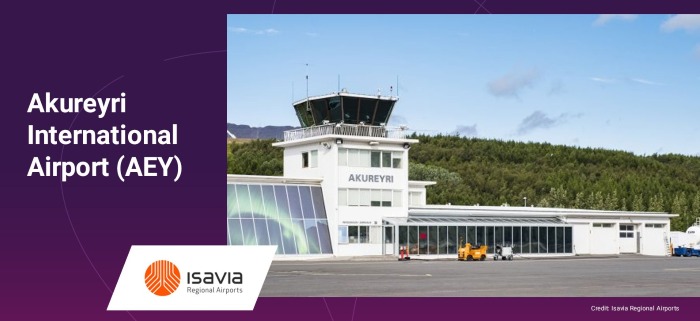
I struggled a bit to find the location of both beacons, but I guess the map below is correct. I tried GoogleMaps to find a picture of the beacons… but so far I wasn’t successful. If you are… please let me know in the comments.

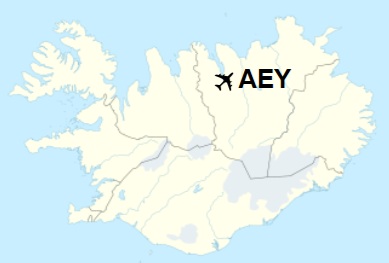
UPDATE: Patrick ON4CDJ informed me that by using the coordinates provided by several sources for NDB OE you end up on an industrial parking lot. Between the light poles there is one strange mast – occupied by a seagull. Is this NDB OE?
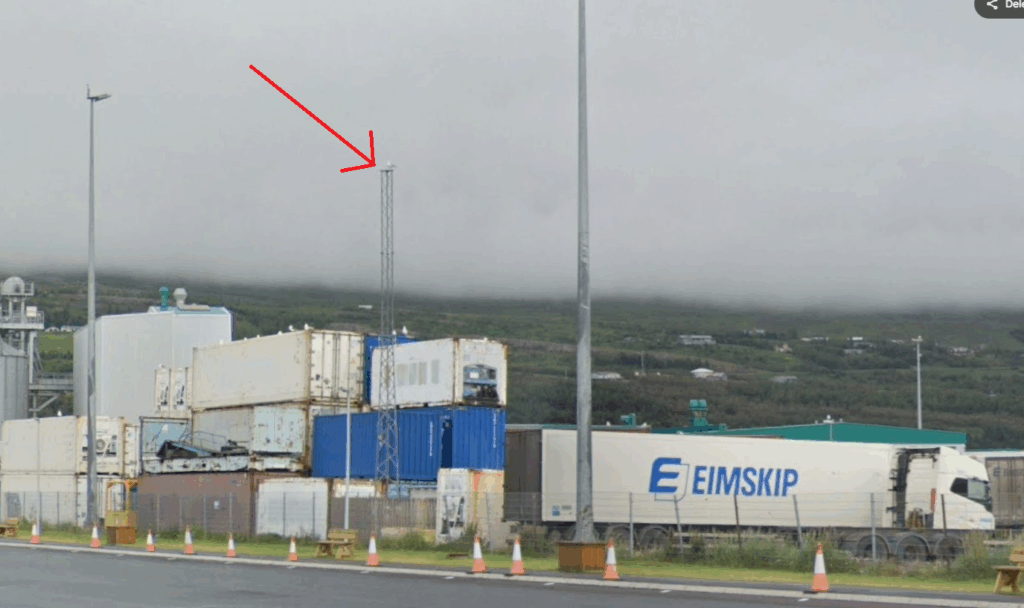

My first QSL for a Canadian beacon was YMH Mary’s Harbour. But the first NDB I received from Canada was NDB CA on 281 kHz for Cartwright Airport. With 4022 kilometers the distance is a little bit further than YMH at 4009 kilometers.
Jennifer from Navcanada was so kind to confirm my reception report. And we exchanged some ideas for the exchange of QSL cards from Navcanada (which would be great!).
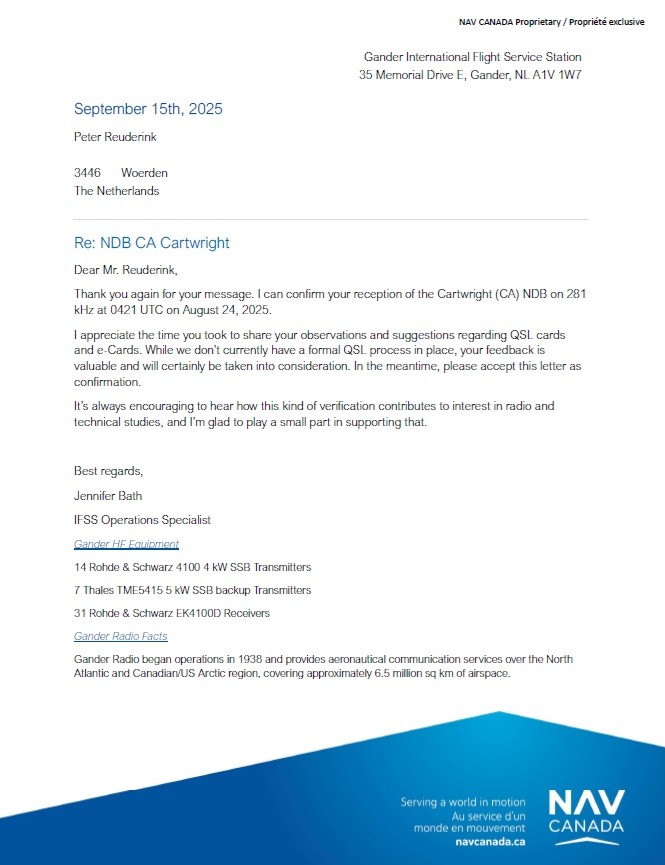
Below an audioclip of the reception of NDB CA… for those not familiar with morse code… it is -.-. .- (dah-di-dah-di di-dah) that you will hear:
Cartwright Airport has only one gravel runway of 1200 meters. Twice a week there are flights to Goose Bay (the biggest airport of Labrador) and Black Tickle, an Inuit settlement on the Island of Ponds.
If you want to explore Cartwright Airport, you could use the webcam… but there is not a lot to see.
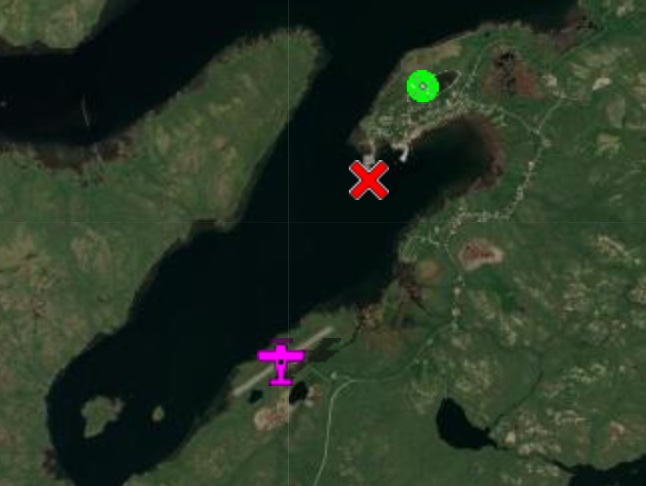
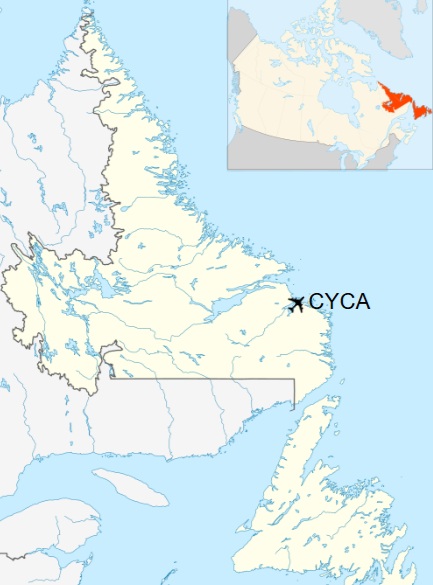

A QSL for NDB RUS operating on 424 kHz for Aeropuerto de Reus in Spain. Checking the statistics on NDB list this shouldn’t be a difficult catch. But despite receiving many Spanish NDBs, July this year was the first time I received RUS.
And my reception was far from perfect. In the Pskov recording I made you can see that the beacons was briefly visible with RUS in morse: .-. ..- …

Enaire was again so kind to confirm my report and included their usual data sheet. I sent my report to informacion@enaire.es .

Most flights from Reus Airport are seasonal, carried out by budget airlines like Ryanair and Jet2.com.


I write Lerida as the call sign of this beacons is LRD and it is know as Lerida, but the formal name of the city in Catalan is Lleida. The NDB LRD is operated and maintained by Enaire who verified my report with the usual fact sheet. It shows that it is one of the typical Sistema radiante de tipo T antennas fed by a 200 W transmitter.
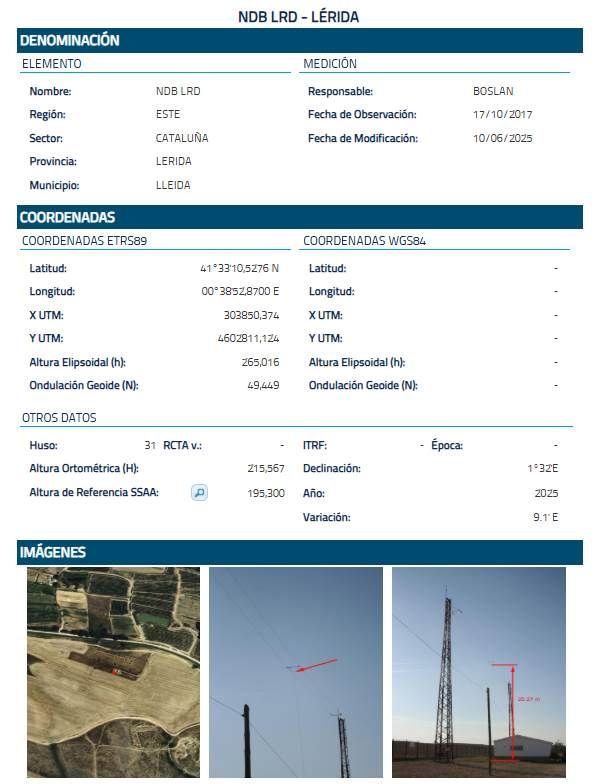
Now I’m not entirely sure if you can associate this beacon with Lleida-Alguaire Airport or not. But if so, while most of the NDBs from Spain I got confirmed were either associated with an Aena Airport or the military, Lleida-Alguaire airport is operated by Aeroports de Catalunya. It was constructed in 2010 by the Government of Catalunya at the cost of 130 million Euros.
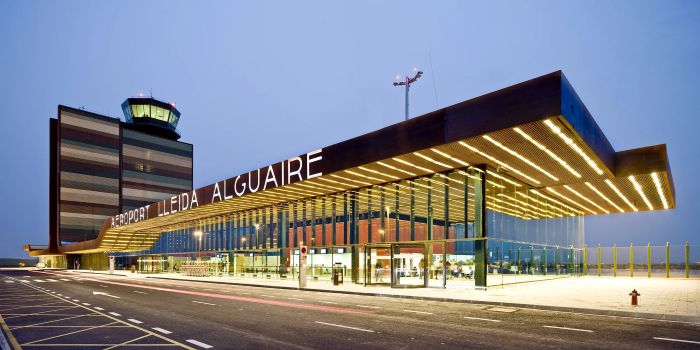
LRD is one of the Spanish beacons heard most easily at my QTH, and reported by European NDB listeners. But the airport seems to be less of a success though. Airnostrum seems to operate flights to Palma de Mallorca, Ibiza and Menorca. But that’s all. For that reason the airport seems to target “aeronautical services” today. That means niche businesses as flying schools, aircraft storage and maintenance services.


NDB SGO on 356 kHz is another typical ENAIRE beacon: 200 Watts in a “Sistema radiante de tipo T”: three horizontal wires between two towers. The navigational function is linked to Valencia Airport. The beacon is located in Canet d’en Berenguer, north of Valencia. I’m not an expert, but when I checked on flight radar I noticed that flights pass north of Valencia, making a U-turn to land in an easterly direction.
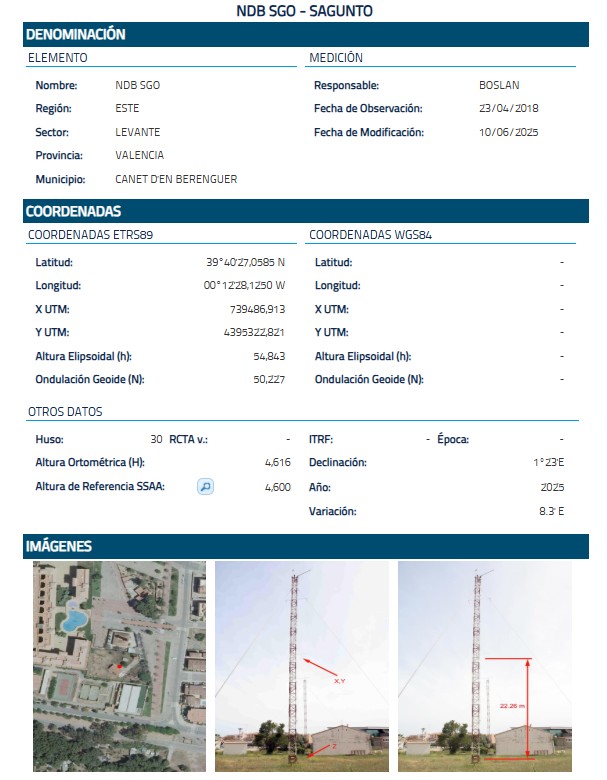
If search for the beacon on GoogleMaps you will see that it is a bit of a weird location, in front of a hotel and in right in the centre of a nice beach resort and yacht club. But I guess the beacon was already there when the development of the resort started around 2001.
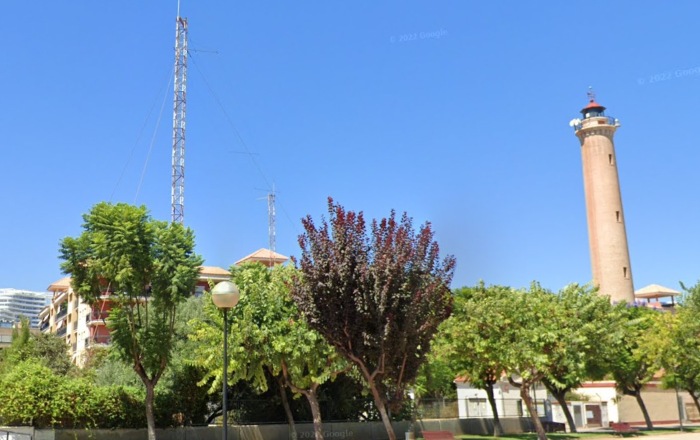
My report was confirmed via informacion@enaire.es .


ENAIRE confirmed my reception of the NDB ECV-319 at Colmenar-Viejo airbase in Spain. This is the home of the Fuerzas Aeromóviles del Ejército de Tierra (FAMET), the Spanish Army Airmobile Forces. There are 4 helicopter batallions that have Colmenar-Viejo as their base, including BHELTRA V who fly Chinook (which is cool as my nephew and godson flies a Chinook as well).
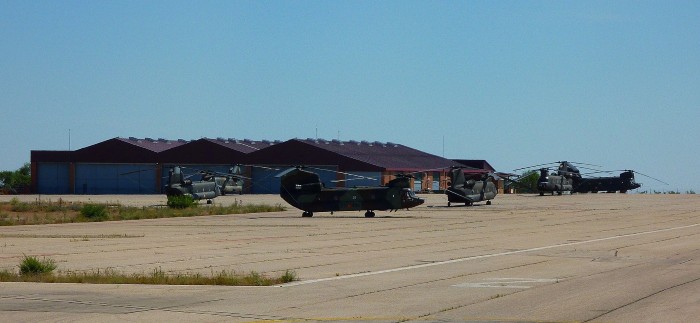
I sent my report to informacion@enaire.es

© 2026 Peter's DX Corner
Theme by Anders Noren — Up ↑